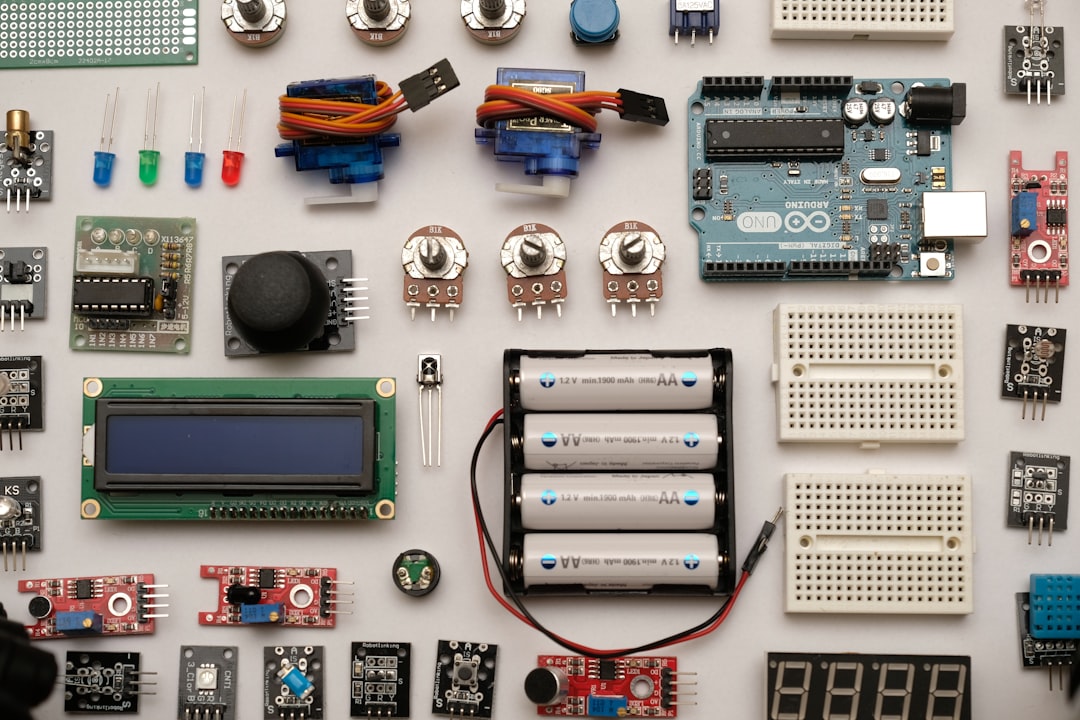Epsom Salt for Golf Cart Battery Repair
The Impact of Sulfation on Battery Health and How to Mitigate It
This process helps to balance the charge across all cells and mixes the electrolyte solution within the battery, preventing stratification – where acid concentration varies in different parts of the battery. Baking soda can neutralize the essential sulfuric acid within battery cells, transforming it into sodium sulfate which lacks discharge capability in normal cell operations. It is important to understand that although Epsom salt can increase the SG reading of a lead-acid battery 'artificially', it does not contribute positively towards actual battery performance or capacity.
Baking soda may neutralize essential acids within the battery cells, while aspirin decomposes into acetic acid which can corrode crucial components of the battery. S.
A more scientifically backed approach might be pulse charging for treating sulfation-a common cause behind diminished power output and recharging difficulties in batteries. This belief stems from the fact that adding Epsom salt to battery cells can increase the specific gravity reading (SG) of the electrolyte.
While these methods might show an immediate small increase in capacity, they ultimately shorten the lifespan of the battery significantly. The theory suggests that by adding Epsom salt to a battery's electrolyte solution, you can improve the battery's overall performance and extend its life.
